ART&CULTURE / 2023.03.06
GOMA EXHIBITION "Hikari no Map" GOMA Interview (2/3)
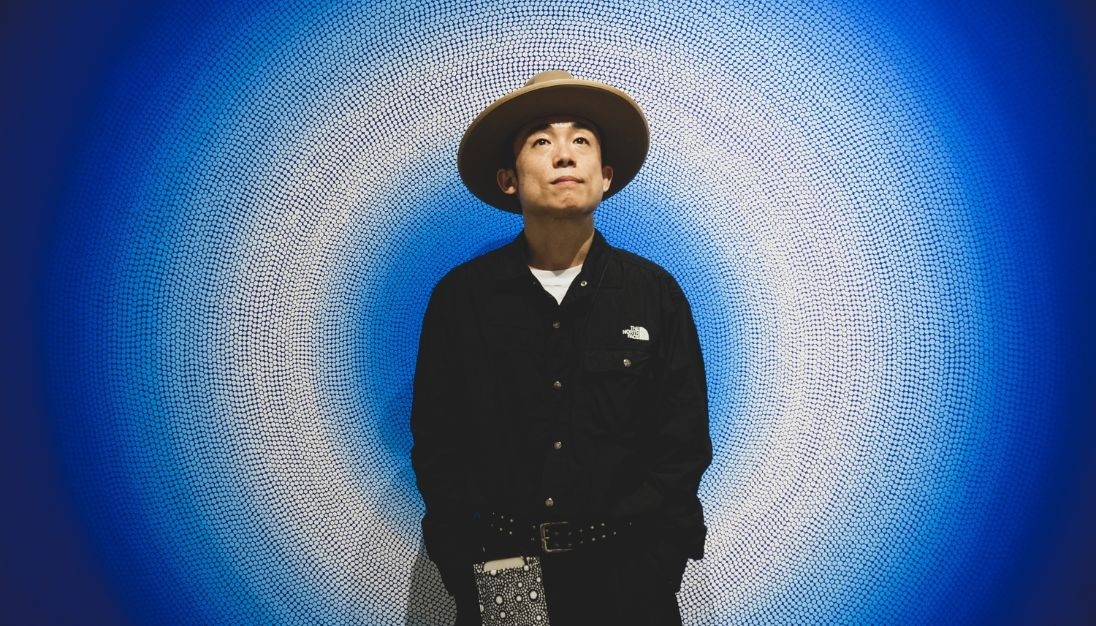
GOMA is a player and painter of brass instruments dejuridus by native Australians. Currently, his solo exhibition "Hikari's Map" is being held. The dotted drawings that suddenly returned from the traffic accident in 2009 and suddenly began to draw, like a dynamic fluctuation of overlapping waves, a graphical mathematical arrangement, and a Mandala. These dense and powerful dazzling worlds are all the scenery of the "world of the world" that appears in your brain as consciousness recovers. Let's ask Mr. GOMA about his enthusiasm for the solo exhibition and drawing.
-
Interview & TextYusuke Nakamura
-
PhotoYuji Iwai
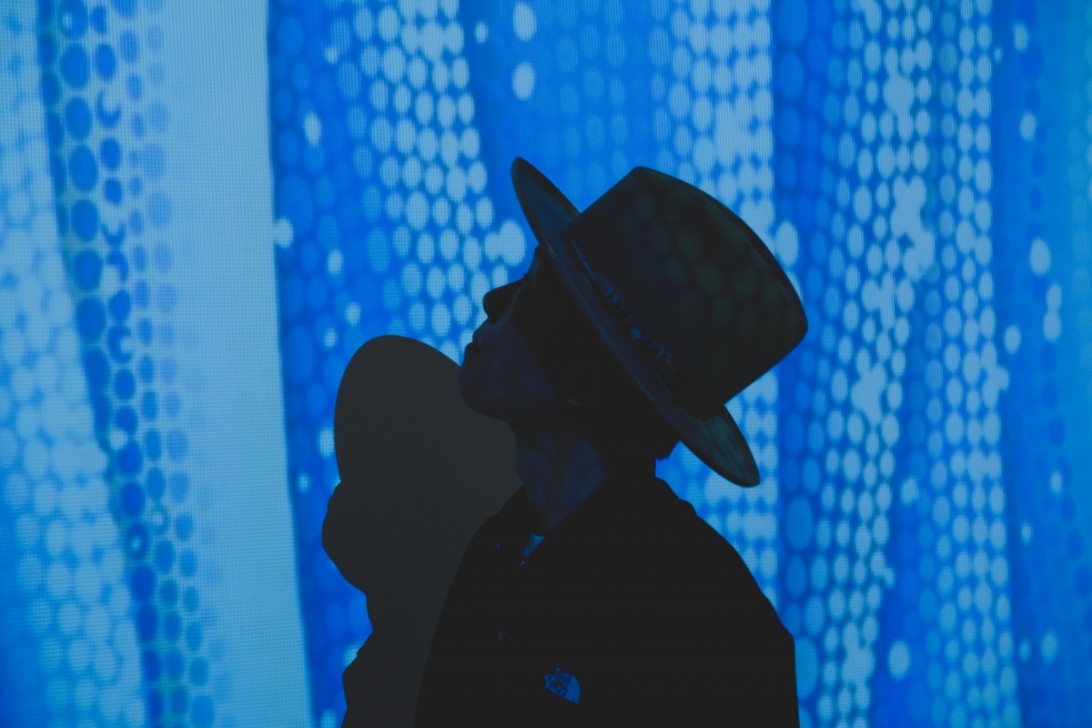
ーーYou started painting after the traffic accident in 2009 caused higher brain dysfunction and loss of memory. Now, when you think about it, why do you think it is?
GOMA: I don't know my memory, but I might have tried to cure my brain by myself. I think it's definitely working (drawing pictures on the brain). Actually, there seems to be such a treatment.
ー All of the works are based on the image of his own brain until his consciousness is restored, which often falls into a coma after an accident. You've always been drawn with the same theme.
GOMA: That's right. I don't get tired of it. In terms of brain science, it seems that it was originally the ability I had (in drawing), and I think I met to meet. It seems that the nerves of the accident have exploded the ability to paint with acquired Savan syndrome.

ー Just before consciousness recovers, the image in the brain is the "Hikari" in the "Hikari Map"?
GOMA: That's right. If you say "this world" and "that world", the farthest place from this world is like a light emitter that is integrated with space. After that, the fingertips are numb and the sense begins to return. Finally, the sight comes back and recognizes the various colors and shapes around it.
ーEvery time, you are drawing an image that you can see on the way your consciousness returns.
GOMA: That's right. (After the accident) In the first few years, when I fell down due to sequelae, I was only able to recognize "Hikari" just before my consciousness returned, but after dozens of times, I realized that the scenery of the same dream and memory was burned to the aftermage every time. After that, I began to observe the scenery on the way back to my consciousness.
Can you afford to observe in such a state?
GOMA: When consciousness recovers, observe "the scenery of the world over there" with video. I will leave the scenery on the canvas as if I took a picture. There is a regularity in the scenery of "Hikari", and we are going to display the flow in each room.

ーThe process of returning to this world will be exhibited in each room. For Mr. GOMA, is the world of "Hikari" ambiguous? Or are you sure of the world?
GOMA: In the past, when I was interviewed by someone who was studying the life-death experience, I was asked if I talked about this "Hikari".
What is it?
GOMA: Regardless of racial gender and age, those who have experienced death are likely to talk about this "Hikari" with a high probability. That's why I was convinced. There is a world of "Hikari" at the gate of this world and that world. I thought it would be nice to make it a picture and leave it like a map. For example, a map that allows someone to come back to this world when they have a similar experience.
It's like a path to the recovery of consciousness. "Hikari" and "Map" in the exhibition title "Hikari no Map" can be said to be signposts.
GOMA: That's right. "Hikari" is a positive one, and I think it's like a guide to bring it back to the world.
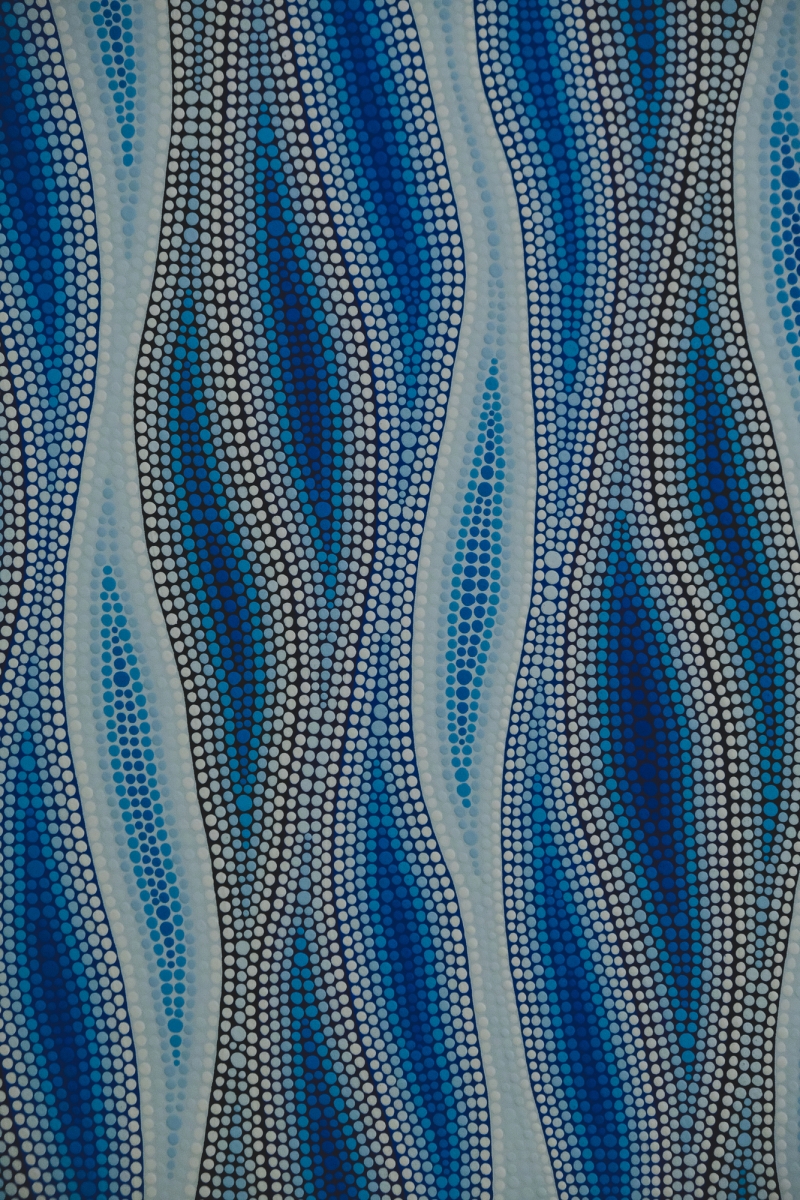
ー Why are you choosing the style of dotted drawing?
GOMA: I don't know that yet. I've tried drawing with a line, but I'm not close to the world I want to draw. It takes a lot of time because the points are small, and is there any way to draw faster? I'm thinking about it recently.
ーーIs it drawn with impulse rather than wanting to draw?
GOMA: That was the case at first, but now there is a clear world of "Hikari" that I want to draw. It is often referred to as abstract paintings, but the world that I actually see in me. That's why it's a real world.
ーーThis is an intra-brain landscape painting for GOMA.
GOMA: That's right. It's a well-burned view on the streets of the Hikari world.
- Is the color of the work, such as blue, yellow, and black, the actual color of the landscape?
GOMA: I think that the color on the scenery also relates to the environment, temperature, and time of the bed you sleep at that time. I feel like I'm along the big flow of the earth, such as the season. But why is that color? I'm not sure yet.
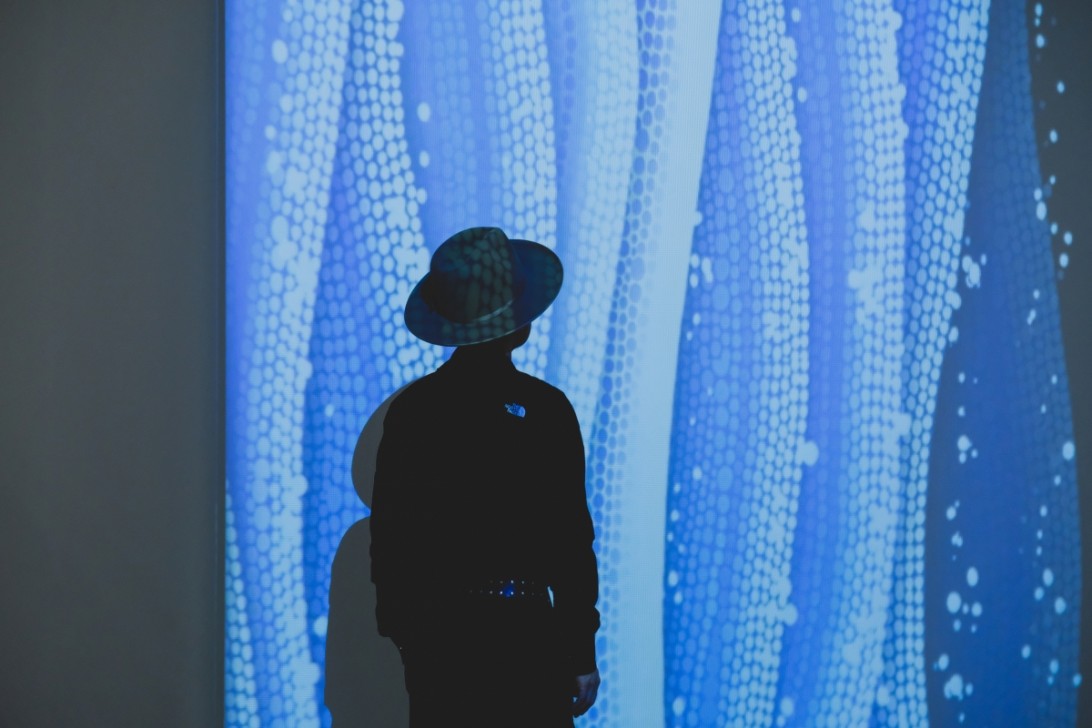
By the way, is there sound in the world of "Hikari"?
GOMA: No, sir…I feel like it. You start hearing when your consciousness returns, but the turn you return is hearing and sight, so it is the last one who can recognize the sound.
Do you think about the possibility of expressing the world of "Hikari" with sound as a player of Di Juri Du?
GOMA: I'd like to try a lot, but now I don't know much other ways (other than dotted). But this time, I tried to add a sound to the video work in a new record, so I think anyone who knows me with music can enjoy it.
Other Posts
Other special articles
-
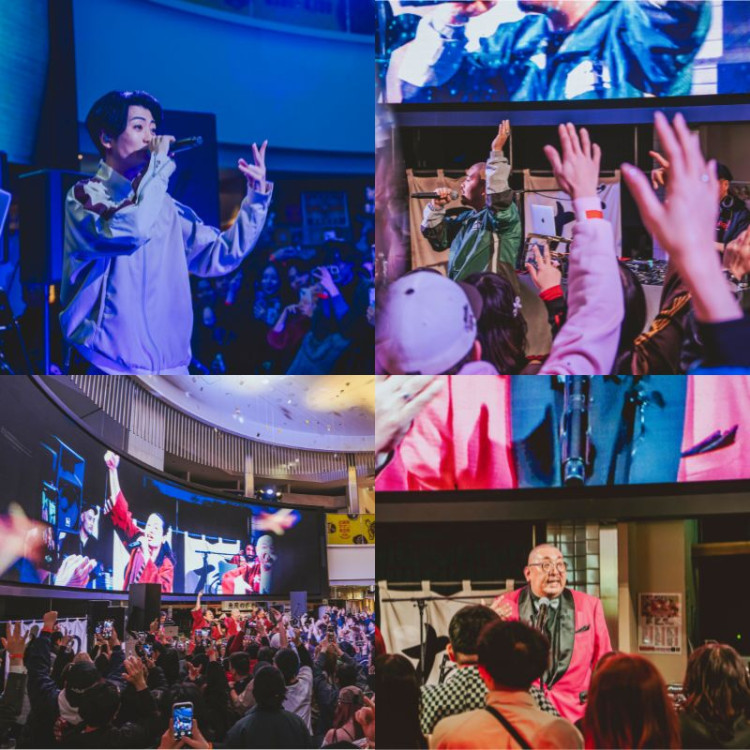
LIVE REPORT| Shinsaibashi PARCO B2F Shinsaibashi Neon Shokudo Street is the 4th anniversary! Deliver the pattern of "PARCO NIGHT OUT'25", which was exciting with all night!
2025.03.31NEW
-

Hello New Season -2025 SS-
2025.02.18
-
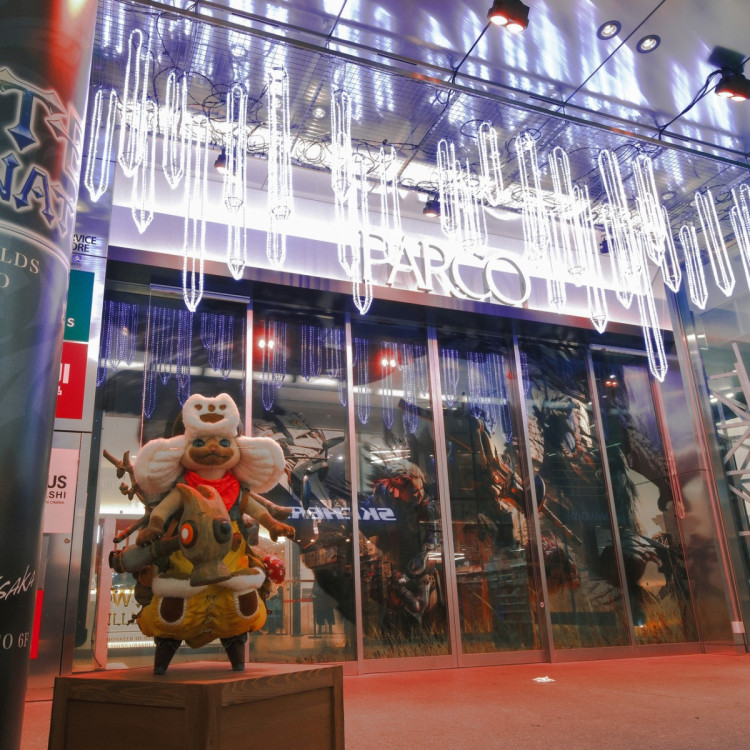
It's the first time in the world! Luxurious illumination tie-up with "Monster HUNTER WILDS x SHINSAIBASHI PARCO WINTER ILLUMINATION" with the latest work "Monster HUNTER WILDS" series "Monster HUNTER WILDS x SHINSAIBASHI PARCO WINTER ILLUMINATION"
2024.12.13
-
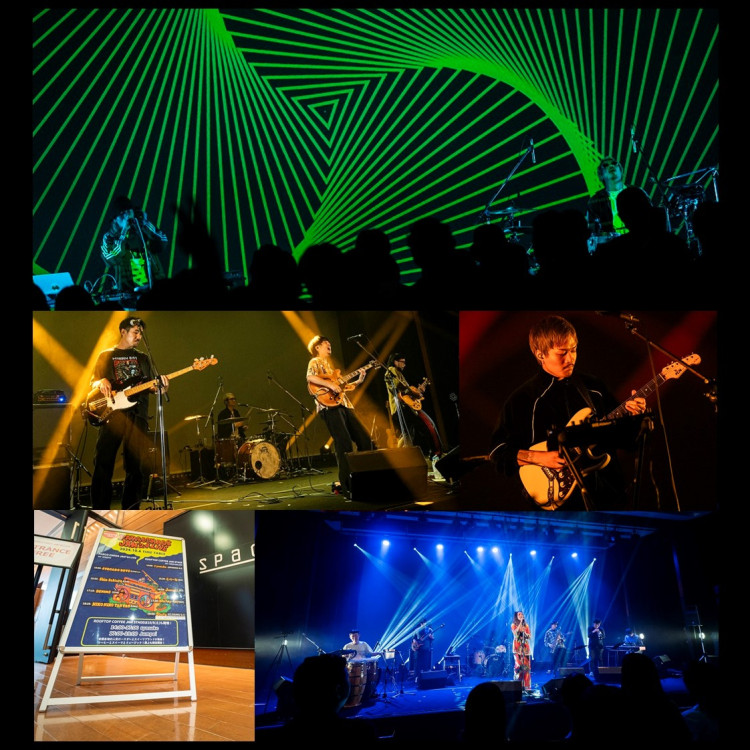
LIVE REPORT | PARCO CHAOS JAM LIVE‘24
2024.11.13
